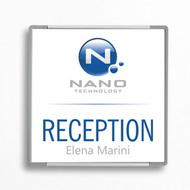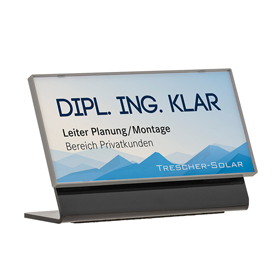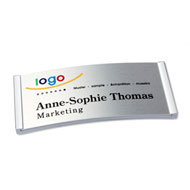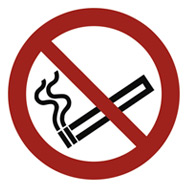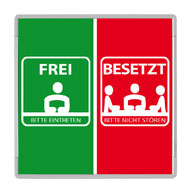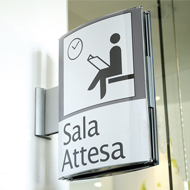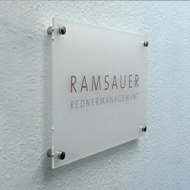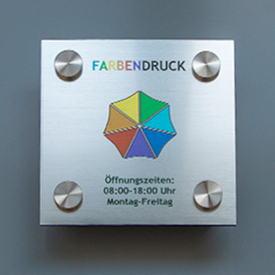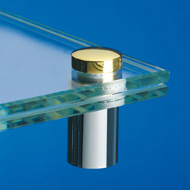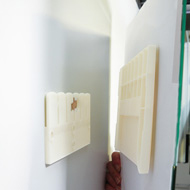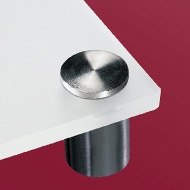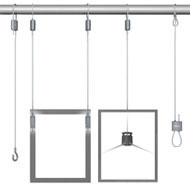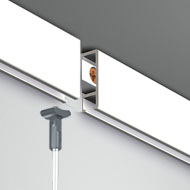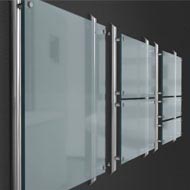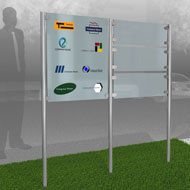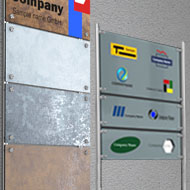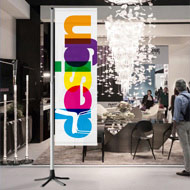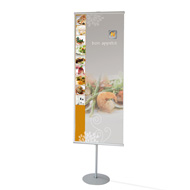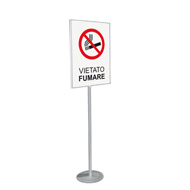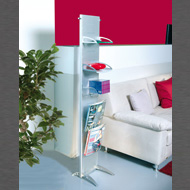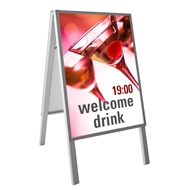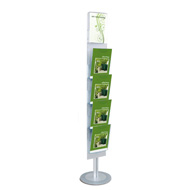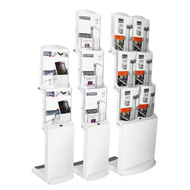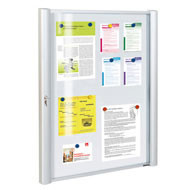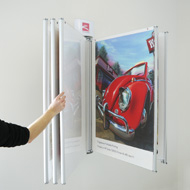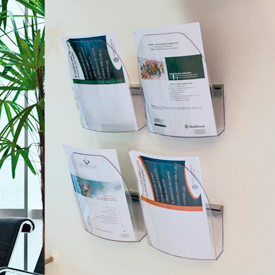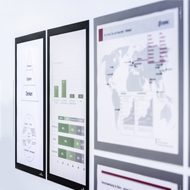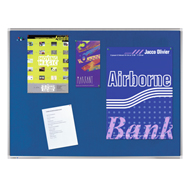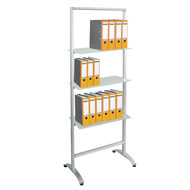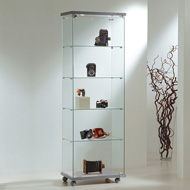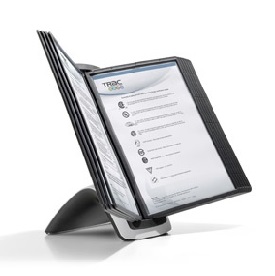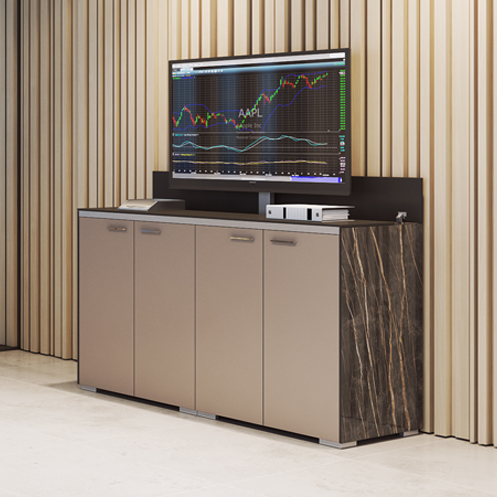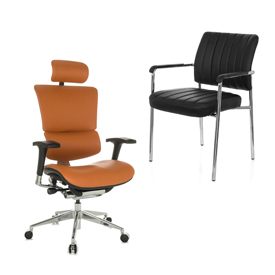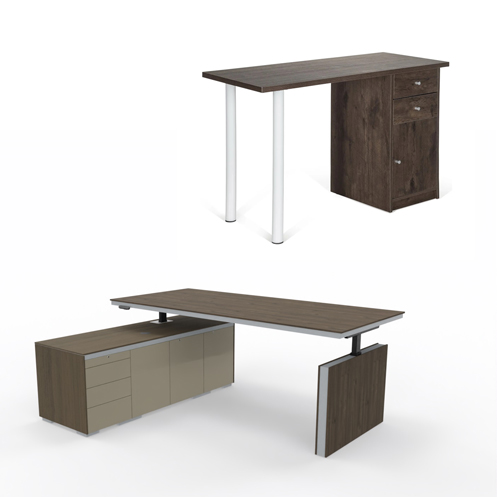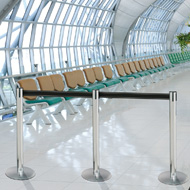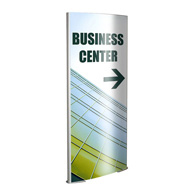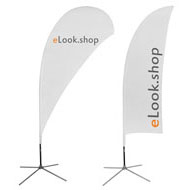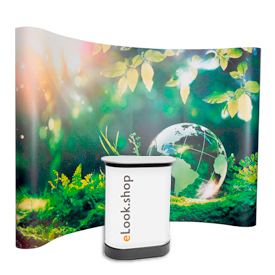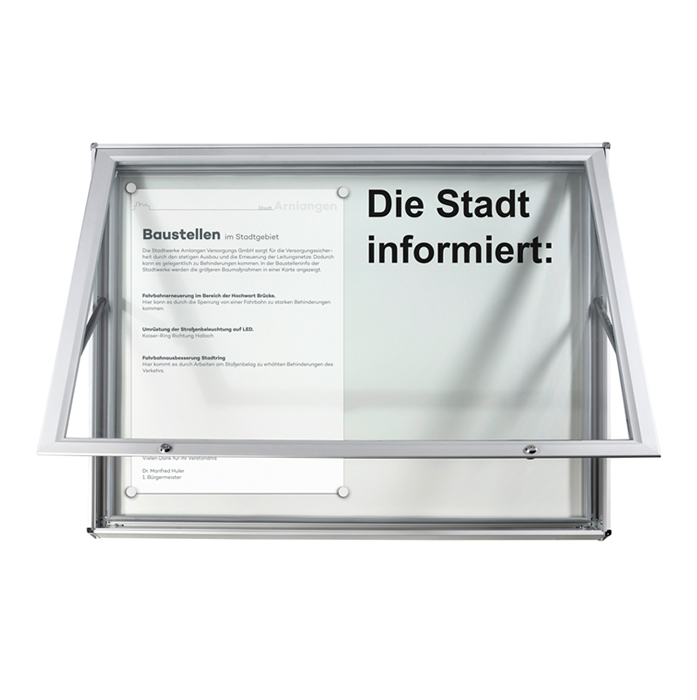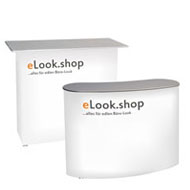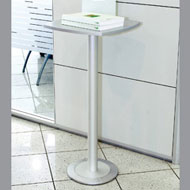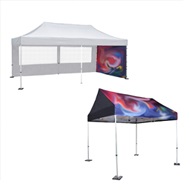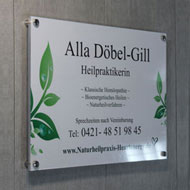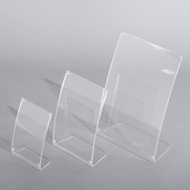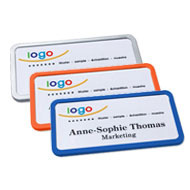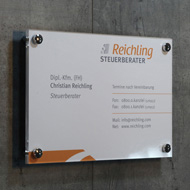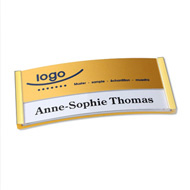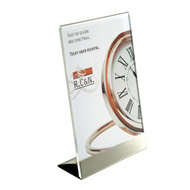Promote sales with vouchers, discounts and promotions
Wednesday, April 15, 2020
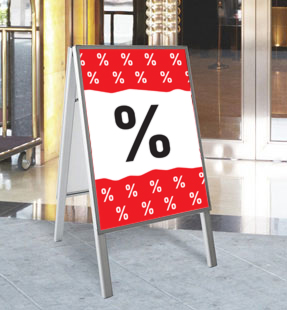 Vouchers, discounts, promotions... These promotions are suitable for increasing sales quickly. However, they do not always increase profits . When planning, you also have to take into account that you often only bring forward sales that are already taking place, i.e. no increase in the long term.
Vouchers, discounts, promotions... These promotions are suitable for increasing sales quickly. However, they do not always increase profits . When planning, you also have to take into account that you often only bring forward sales that are already taking place, i.e. no increase in the long term.Choice of products for an action
If you want to achieve real additional sales , you need to carefully select the products for the promotions.The following are suitable for any discount campaign (advantageous bulk packs, reduced prices, 3-for-2, etc.):
- perishable goods
- Beverages
- Luxury foods and sweets
For other goods, quantity allowances are useful:
- Products that can be stored almost indefinitely
- Goods with a usually constant consumption
Regardless of whether it is a special price or an additional quantity, consumers consume certain goods because they are in the house . Three bars of chocolate are eaten almost as quickly as two. Same goes for chips, soda and beer. The consumer devours what is in the house. With a low price or an additional quantity, you ensure that the customer buys more and consumes it quickly.
In the case of goods that can be stored for a long time , such as rice or pasta, as well as products with constant consumption such as cosmetics, cleaning agents and dishwashing liquid, a price reduction has little effect. As a rule, the customer just prefers a purchase that is already planned. On the other hand, an additional quantity "buy 3 packs, pay for 2" or the offer of cheap double packs increases sales considerably. If you have hardly any competition, the early purchase means that you will miss the sales later .
Of course, you should not only think about sales , but also about profits . If you end up in the loss zone due to the extra or the reduced price, the action is questionable. The more customers buy, the greater the loss.
Choice of discount campaign
There is no point in giving discounts that the customer does not notice. Because of this, you must choose an action that will draw attention. Depending on the planned action, other measures make sense:Special prices:
You usually announce these both in the advertising material of the retail trade and in the shops. Often also in connection with customer stoppers , on which there is a corresponding note. Consumers learn about the low price, but they are encouraged to make a purchase to a lesser extent.
Vouchers/Coupons:
Here, too, the retail media are used for dissemination, but you can also distribute them via flyers in front of or in the shop or in the mailbox. Since the customer has to redeem a voucher or a coupon, you will attract far more attention with the campaign than with pure special prices. You also reduce the supply, which increases the incentive to take advantage. The big advantage for you is that you can control sales better ("Only one per household"). It also limits the quantity of products you sell at a special price.
quantity additions:
These are also usually announced in the media that the handle uses anyway. Usually also in commercials. Through different types of volume additions, they achieve different secondary goals to increase sales.
Side effects of volume additions
Special sizes (e.g. "10% more content"): any price increases can be concealed to some extent in this way. The regular content shrinks from 500 ml to 450 ml, so the old size is now a special size. The customer usually covers himself with the special sizes. If he later buys one of the new packs and notices that there is only 450 ml left in it, then he associates the missing content with the fact that it is no longer a special size.In the case of luxury foods, combine several packs into one large pack : The consumer drinks or eats until everything is gone. As a result, it is consumed more.
Multiple packs of cosmetics, cleaning agents, dishwashing detergents and detergents: the consumer stocks up, but does not use up more. But you cover his needs for a longer period of time. They prevent a quick subsequent purchase, in which the customer may choose a competing product.
The side effect is often more important than the immediate increase in sales.
